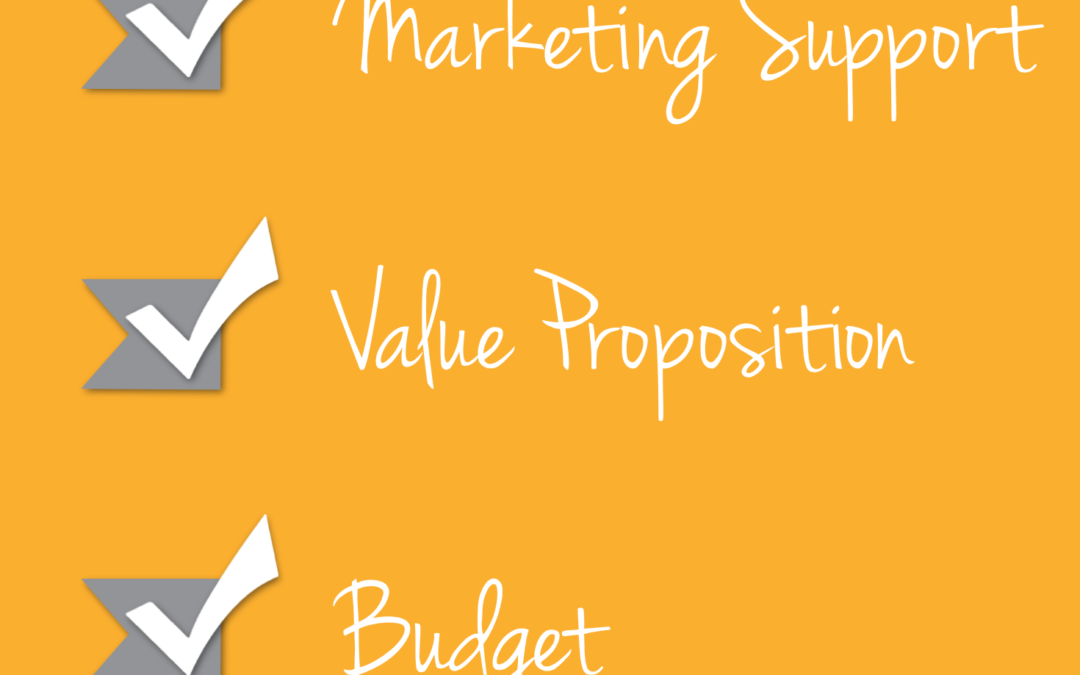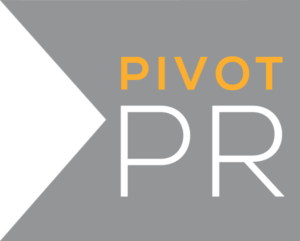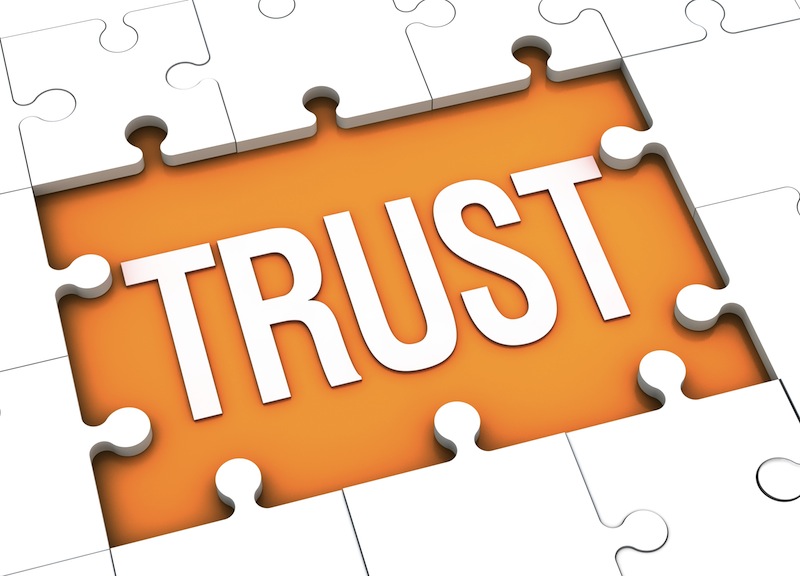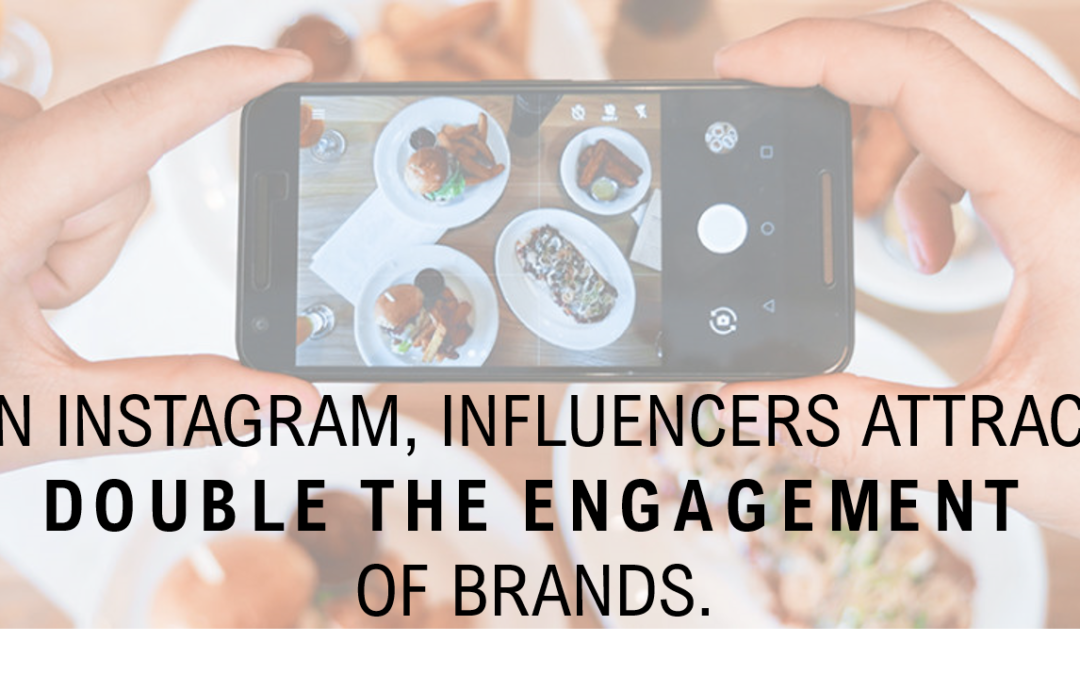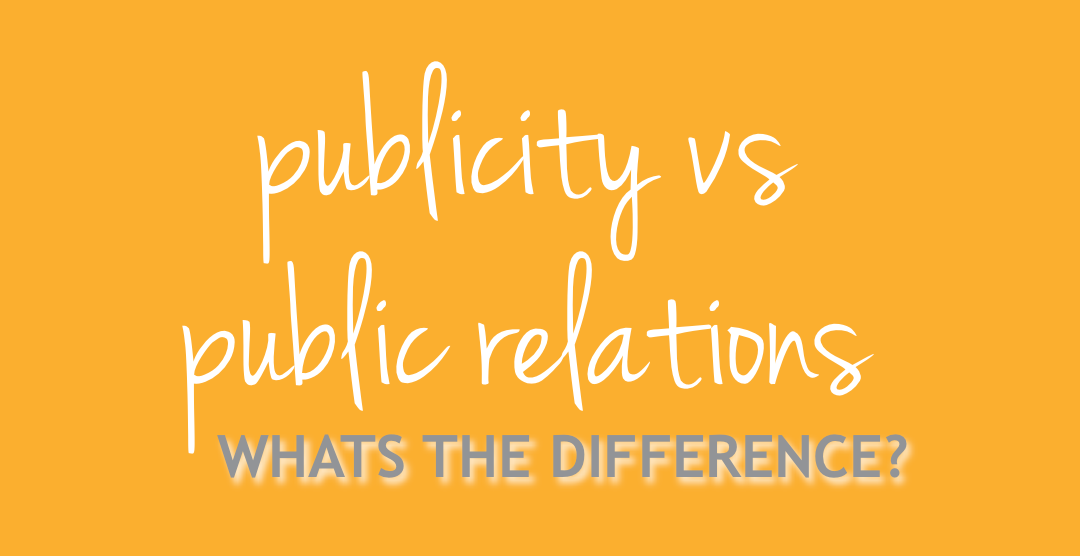
Publicity vs PR: What’s the Difference
The term “PR” (public relations) is often conflated with communications-related references like press, buzz, and publicity. However, while public relations practitioners frequently consider such ends in a PR strategy, simply garnering publicity for a client is rarely, if ever, the end goal. If you’re surprised to hear that, let us help you make the distinction. Here are four clear ways PR is different from publicity:
- Publicity considers the now; PR sees tomorrow – PR professionals develop communications strategies that are anchored on an ultimate business goal. This requires a holistic approach to planning and execution that occasionally involves publicity-generating as a tactic, if it is appropriate within the context of the organization or individual’s current story. To put it simply: sometimes a business, organization, or individual needs publicity for something one-dimensional. Alternatively, a PR strategist crafts measured steps toward a goal-oriented future that learns from the past and is thoughtful in the present.
- Publicity focuses on quantity; PR is all about quality – ‘Good publicity’ and ‘Good PR’ aren’t always interchangeable. A publicist can achieve success by securing maxed-out event attendance or high volumes of press inquiries. A PR professional, on the other hand, has succeeded in a tactic when an organization or individual achieves the intended communications objective, be it proactive or reactive. PR teams must navigate nuance and sensitive messaging with ease, and be agile when executing on a campaign. For PR campaigns, results aren’t always quantifiable.
- Publicity is one-dimensional; PR adopts many forms – A publicist’s work generally revolves around amplifying a positive turnout, announcement, or story. Conversely, PR is about setting the tone and controlling a narrative, no matter the context. Often, a PR campaign isn’t something overt or clearly visible; many can work behind the scenes, subtly influencing customers or tactfully working to shift perceptions on a hot topic. As a result, success varies widely for PR initiatives. For example, low press interest can often define a successful campaign, thanks to a PR team’s ability to keep a crisis or misstep under the radar.
- Publicity is a transaction; PR is a partnership – Where publicists can execute quick campaigns, PR teams counsel businesses, organizations, and individuals every step of their communications journey. It is often appropriate to hire a contract publicist for one-time or limited-time events or messaging campaigns. On the other hand, PR teams can best fulfill their maximum potential inside long-term partnerships. Because public relations is best practiced as a long-game, extended partnerships between PR teams and businesses are advantageous; and when PR teams truly walk alongside organizations, anything is possible.
We hope these points provide some clarity the next time you overhear someone refer to ‘Good PR’ or ‘Good publicity’. We also hope hearing ‘Good PR’ reminds you of PIVOT PR – because we can do it all.
